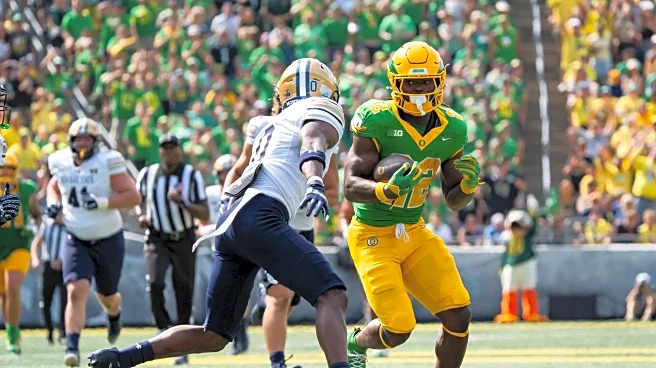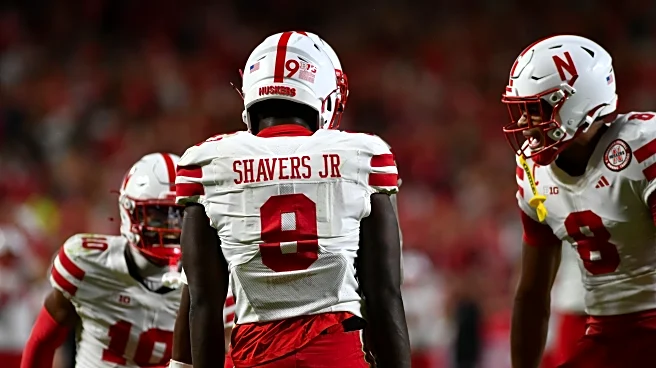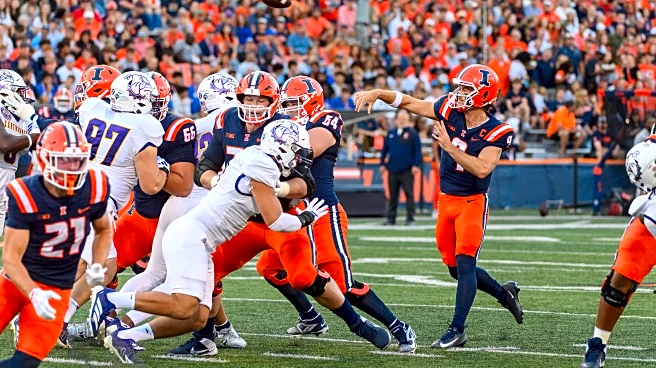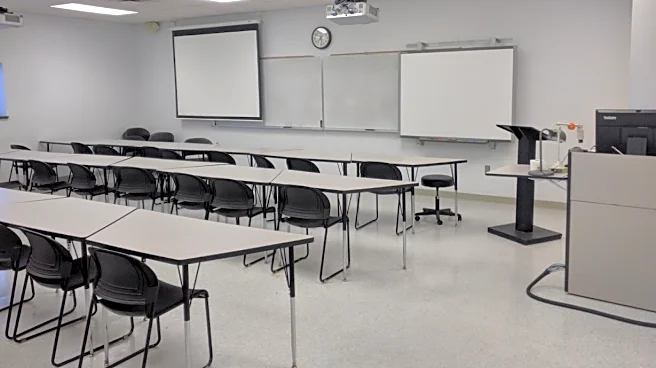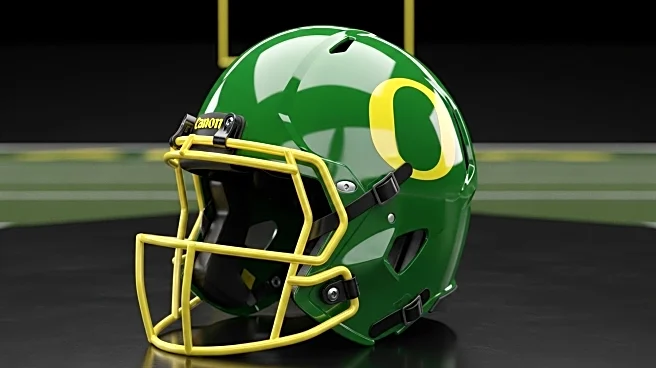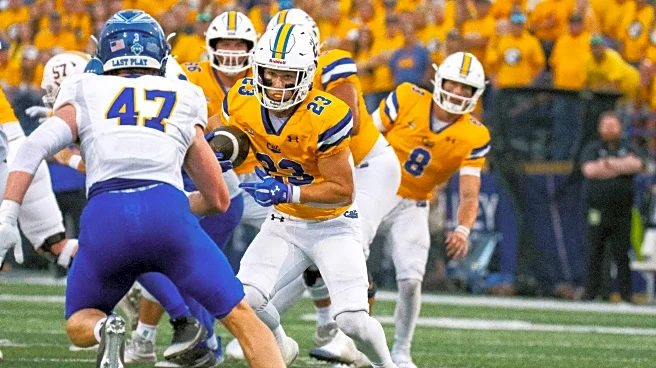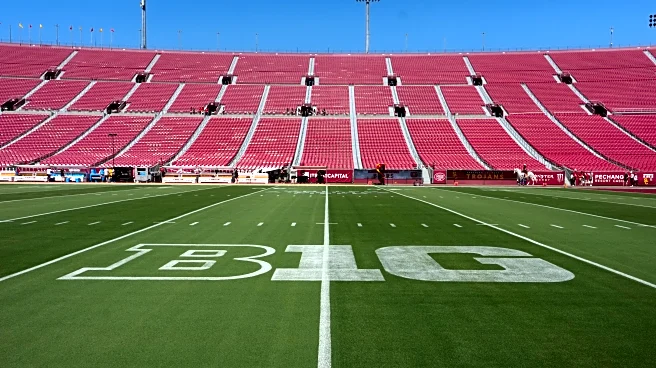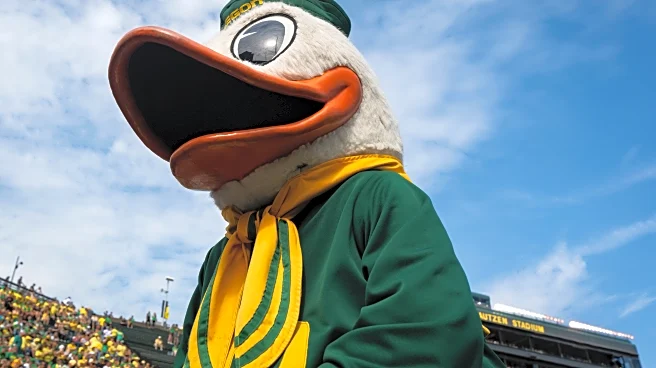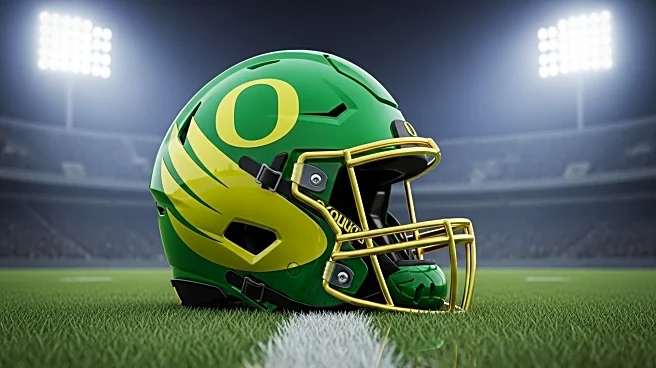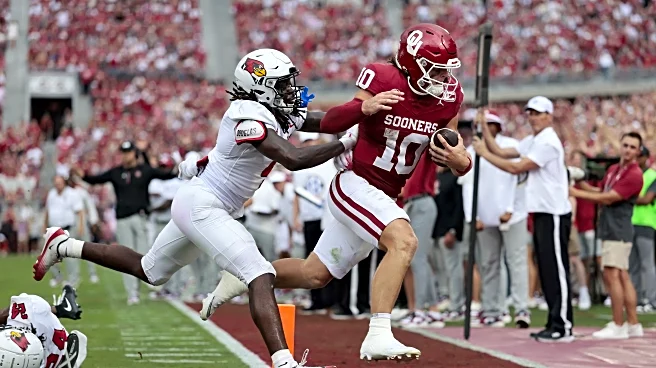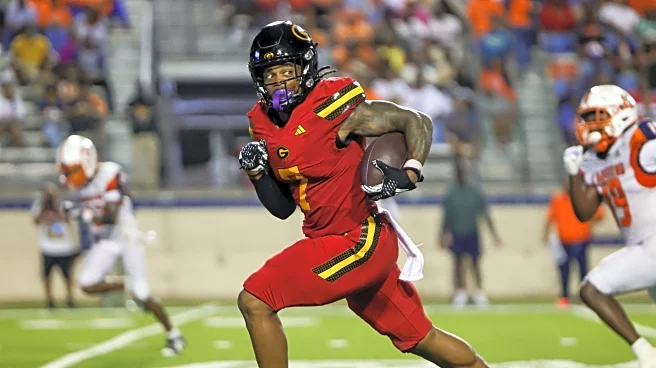
If you follow college football you have probably heard something along the lines of “Well they played an FCS team, so it’s hard to make any strong conclusion about where that team is going” and there is some truth to that line of thinking.
With such a massive gap in player talent across the roster a lot of FBS vs FCS games can turn into a glorified scrimmage that gets to garbage time quickly and thus reduce the amount of meaningful play that us fans can analyze.
Well today I’m going to attempt to gleam
something from Oregon’s game against Montana State this year by looking at Oregon’s performance against FCS teams from the previous 15 seasons.
As I have discussed before, in some instances Score Differential can be misleading when evaluating the result of a football game and evaluating how well a team played in a specific game. The Final Score is truly the only stat that matters as it decides who wins and loses but when I want to see if that Final Score was truly indicative of how the game played out I look at the Yards Per Play (YPP) Differential between the two teams to see if it aligns with the margin of victory on the scoreboard.
Here is that comparison for every FCS game Oregon has played since 2010

As you can see for the most part there is a pretty decent correlation between the YPP differential and Score Differential from Oregon’s previous FCS match-ups.
A couple of things to note:
- Once the YPP differential exceeds 3.0 that represents an extremely decisive functional victory
- This in some instances can create a bit of a cascading effect and the final score ballons even more out of control then expected. Likely due to just a simple talent mismatch that created points for Oregon through Special Teams and defense that aren’t reflected in YPP
The one performance that stuck out to me from this comparison was the 2021 game against Stony Brook. For those who don’t remember this was the game immediately after the Ducks upset Ohio State in Columbus and although the final score didn’t indicate that Oregon slept walk as they comfortably won by 41 points, the YPP differential did as they “only” outgained Stony Brook on a per play basis by 1.95 yards. Side note: A +1.95 yard per play differential is still a very strong performance for conference play, but in the context of FCS games it’s Oregon’s X worst performance in the last 15 years.
Contrast this to the 2015 game against Eastern Washington where Oregon outgained the Eagles by 2.53 yards per play but only won that game by 19 points. The 2021 Duck season post Ohio State victory ended up being very frustrating for Duck fans with countless unnecessary close calls against inferior opponents, the game against Stony Brook secretly was one of those performances.
Speaking of projecting forward from the FCS game. Here is the next chart where I have plotted the YPP differential against but this time against the number of wins Oregon would go on to secure in that seasons regular season. The FCS game has always been played early, just as it was this year, but it’s always been difficult to project forward from it, until now. Maybe

Here are my notes in chronological order:
- In 2014 and 2015 we see a dip in the YPP differential against the FCS team and then Oregon would go on to have pretty successful seasons each year.
- The reason for that was Oregon’s offence continued to perform at a high level in these games all 6 of these seasons but the defense began to slip under Pellum, even in the FCS game

- As discussed above, in the 2021 FCS game Oregon really underperformed. In Oregon’s 3 other 10 win seasons over this period of time there average YPP differential was 5.52.
- Again in this game it was 1.95 indicating Oregon probably over looked Stony Brook and that was a common theme of the Ducks 2021 season
- I still have no explanation for the Idaho game last year
- The next graph may help to slightly explain last years game
As I always like to do when talking about FCS teams let’s give them some credit. So often as teams of a major college football team we gloss over these FCS opponents as if they are a bunch of JV intramural scrubs that the coach had to beg to play on the team. FCS football is very high level football that has some excellent football teams.
This next graph plots Oregon’s YPP differential against the number of losses the FCS team would incur during the regular season that season. The reason for plotting losses instead of wins is the more losses that team would go on to incur the higher YPP differential I would expect in the Oregon game and I want the two plots to be going the same direction.

Here are my notes in chronological order
- With benefit of hindsight that 2014 defensive performance discussed above looks even worse considering Oregon played a bad South Dakota team that season
- The 2017 performance against Southern Utah was quite impressive. The Thunder Birds that year would make the FCS playoffs and Oregon’s decisive victory on a per play basis was better than the 2014 game. Of course, in 2014 Oregon would go on to make the College football playoff and in 2017 they stumbled to a 7-6 record. Perhaps the injury to Justin Herbert that season was more devastating than we thought.
- The surprising performance against Idaho last year is at least a little less surprising thanks to this graph. Idaho was one of the best FCS teams Oregon played in the past 15 years. However, at the same time the 2019 Oregon team also played a 3 loss FCS team from the same conference as the Vandals and won much more comfortably. The puzzle of that game may likely haunt me to the end of time.
What this all means
As you likely noticed the last two graphs are not complete as the 2025 season just started. We don’t know how many games Oregon will win this season. Using this years game we can make an inference though. The 3 FCS games that had a YPP differential comparable to Oregon’s differential over Montana State this season were the following:
- 2018 margin over Portland State 3.39
- 2019 margin over Montana 3.13
- 2022 margin over Eastern Washington 3.12
Those 3 seasons Oregon averaged 9 wins in the regular season.
9 wins is a good season but Oregon is at the point as a program where 9 wins feels like it should be the floor as they compete for a national championship.
The other aspect to consider: Opponent. As I mentioned above let’s not just gloss over and treat all FCS teams as equal entities. The 3 FCS opponents Oregon faced in those same years averaged 6 losses per year. I would be very surprised if Montana State losses 6 games this season. If I’m right and the Bobcats are competing for a FCS national championship again this season, then the performance Oregon had in the game against them should be considered a quality win. It won’t be, because college football media treats all FCS opponents as the same, but in my eyes I think it is fair to say that was a really strong performance by the Ducks labor day weekend.
